Tour de France tech hacks
Amidst electronics and carbon fiber, Tour de France mechanics rely on humble solutions
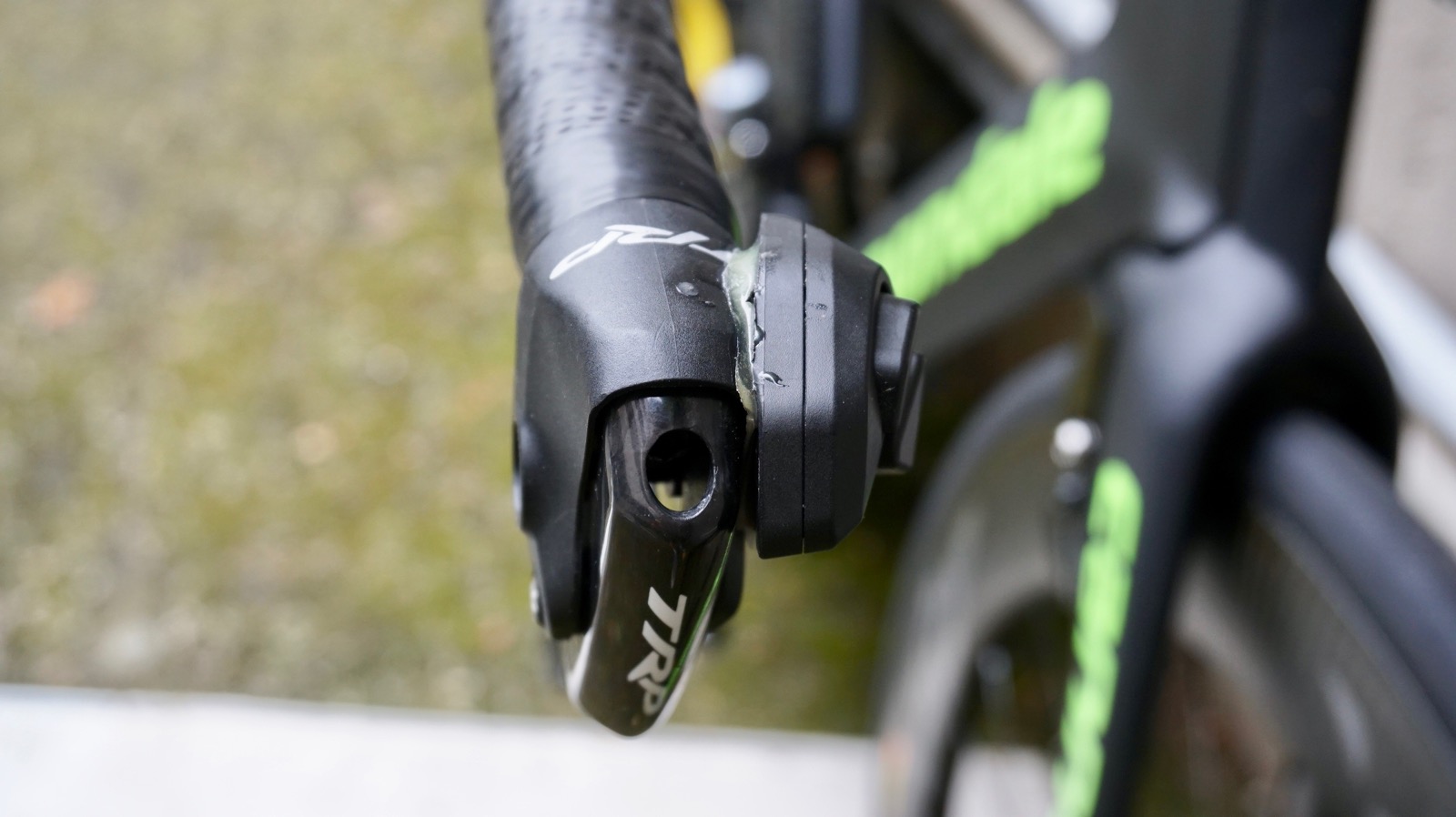
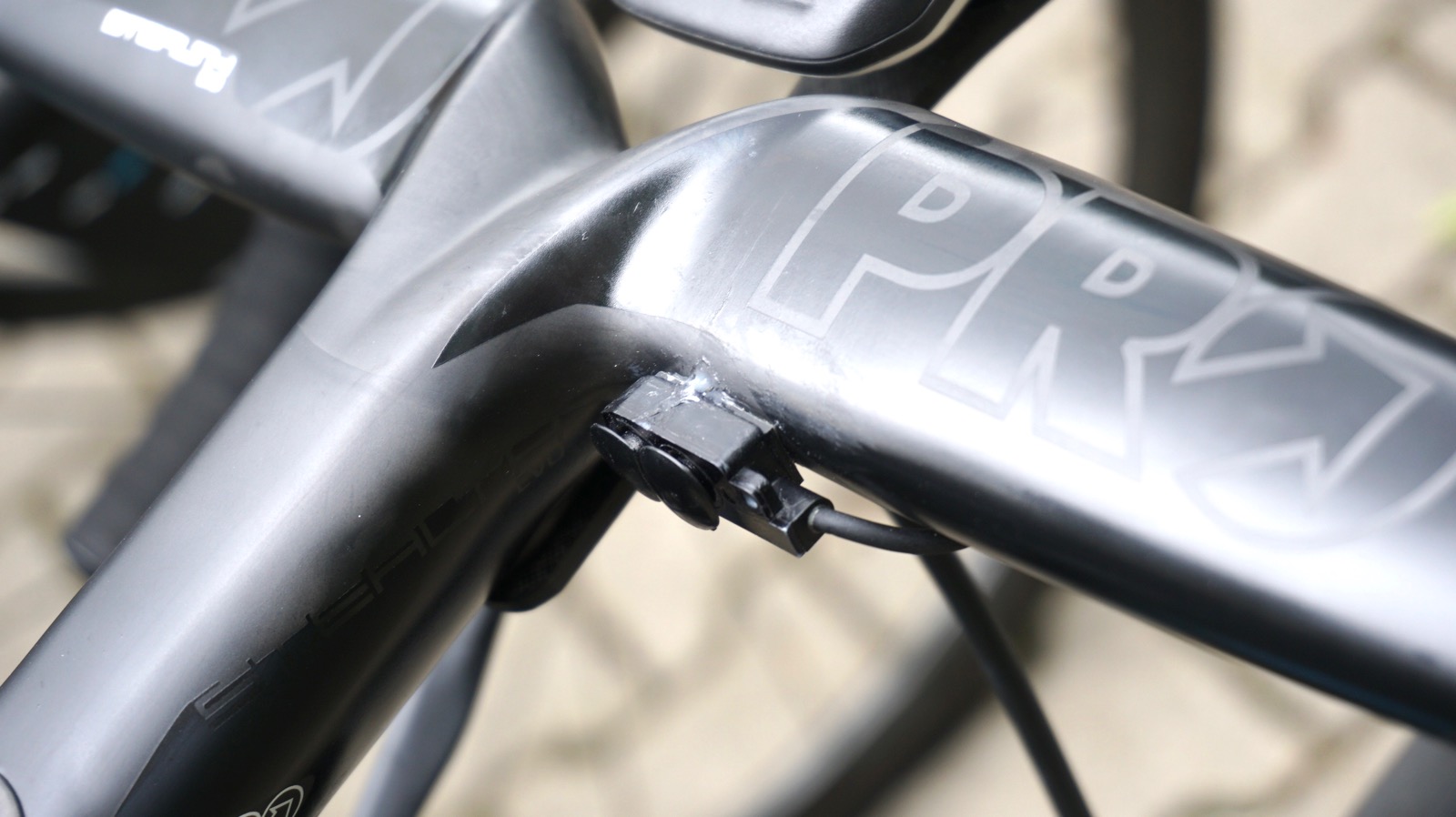
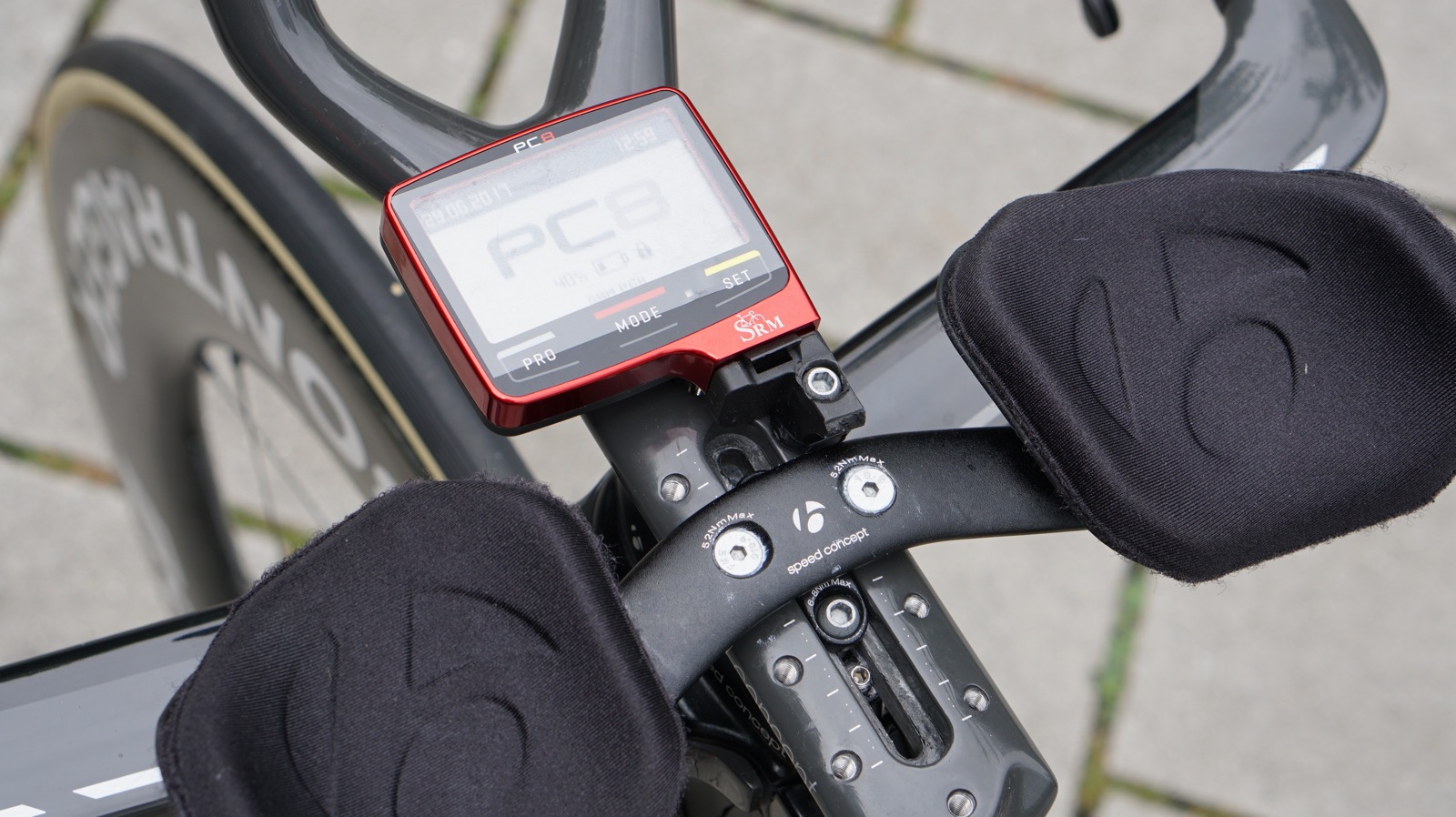
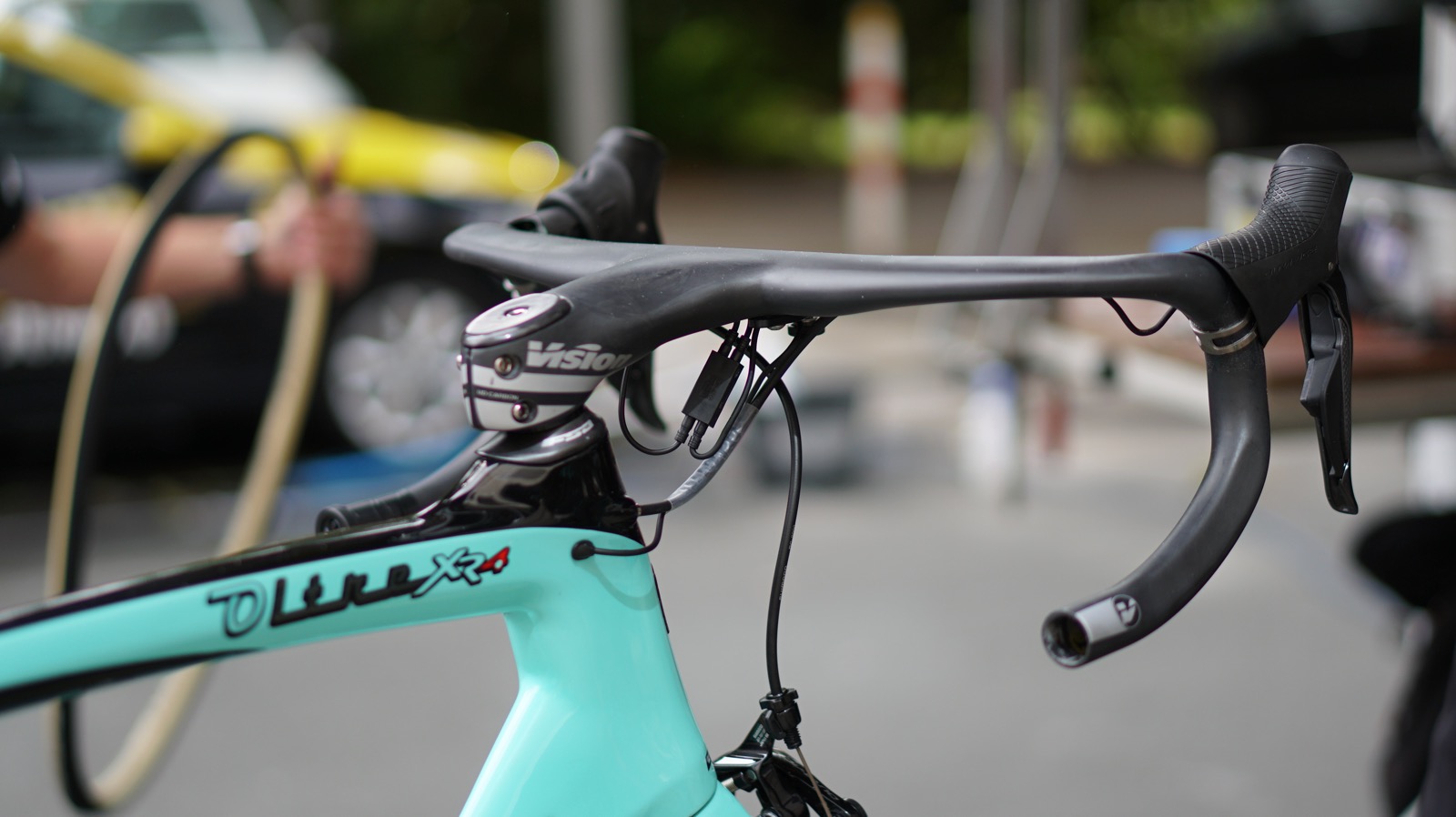
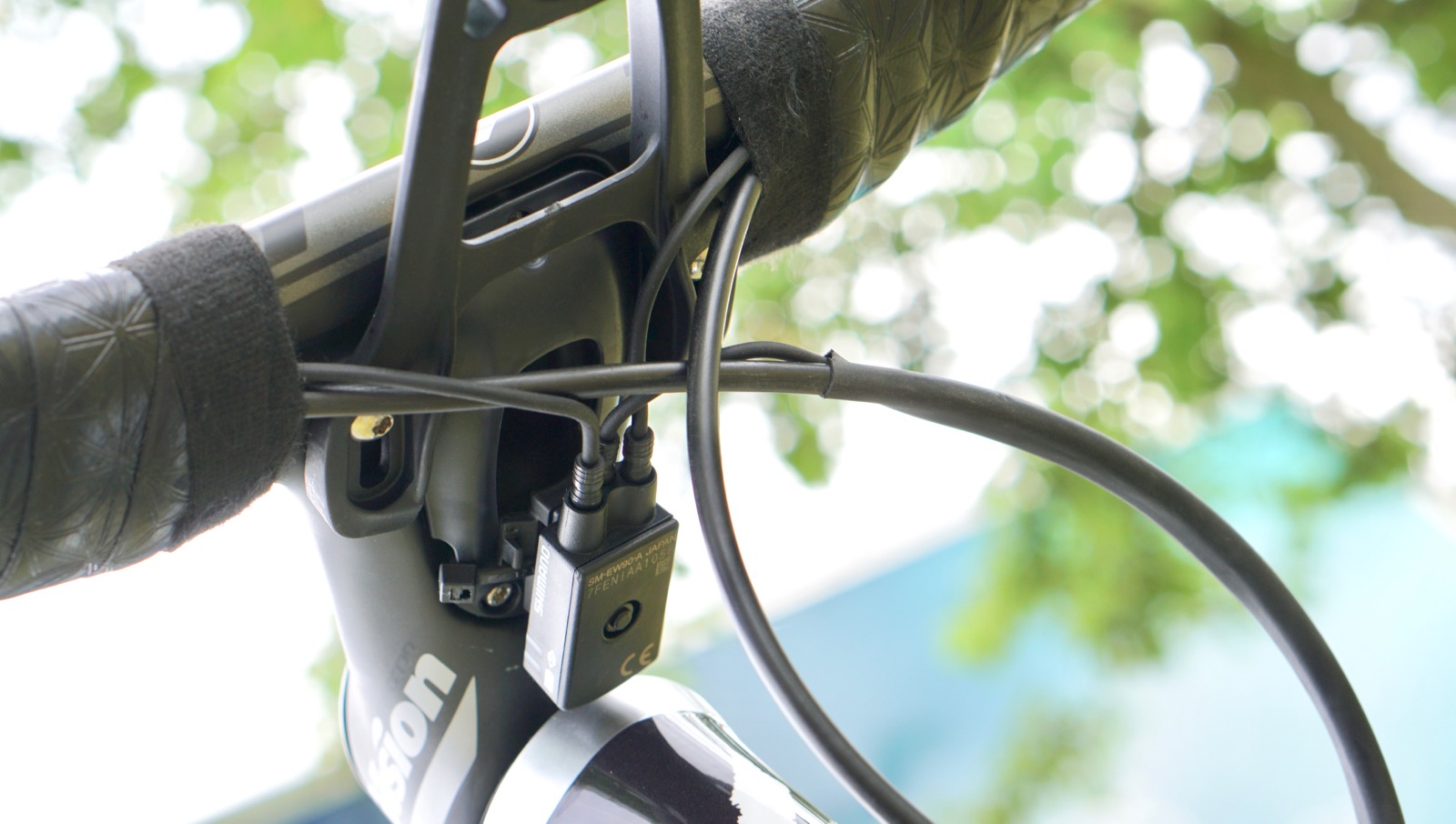
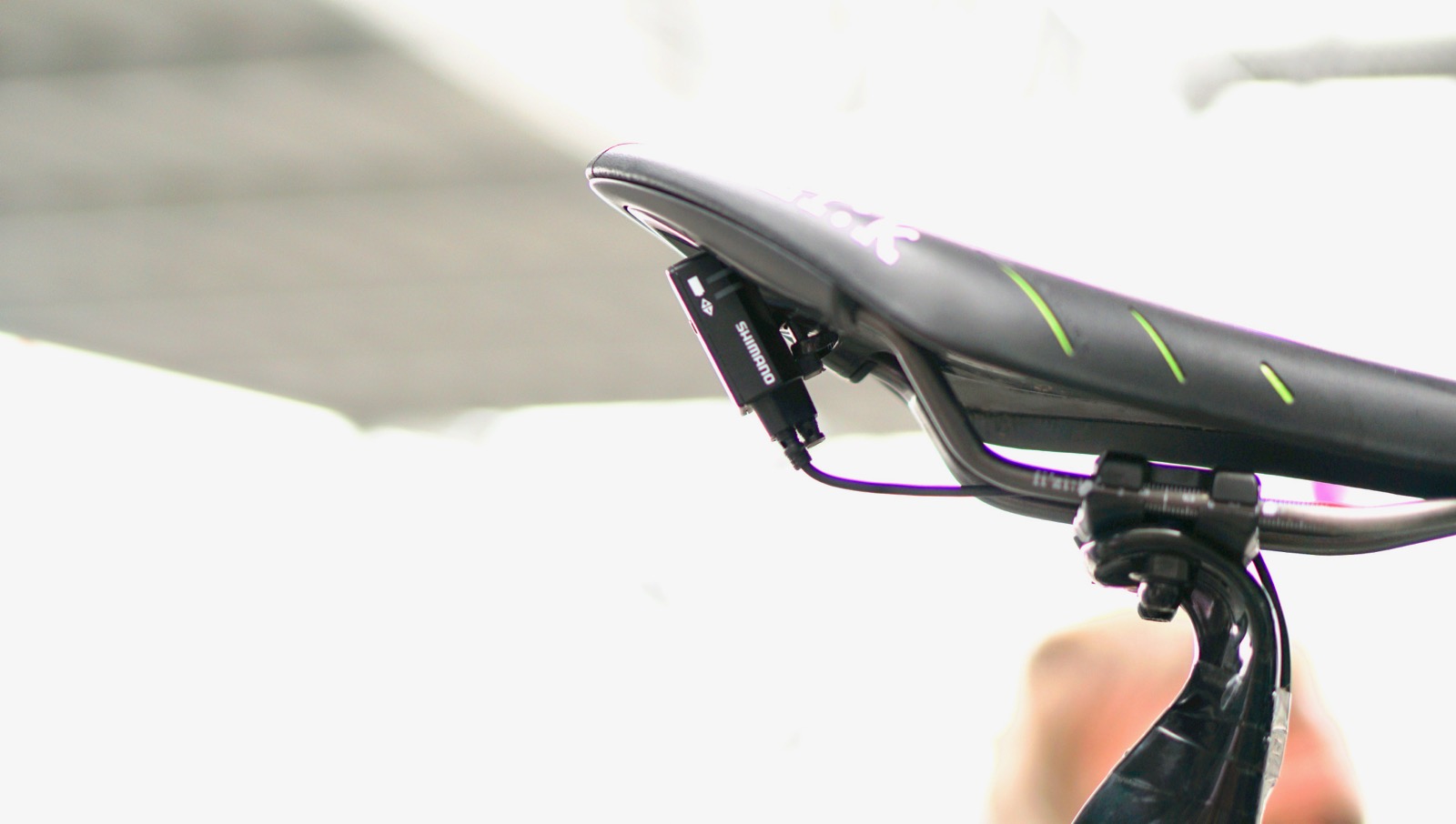
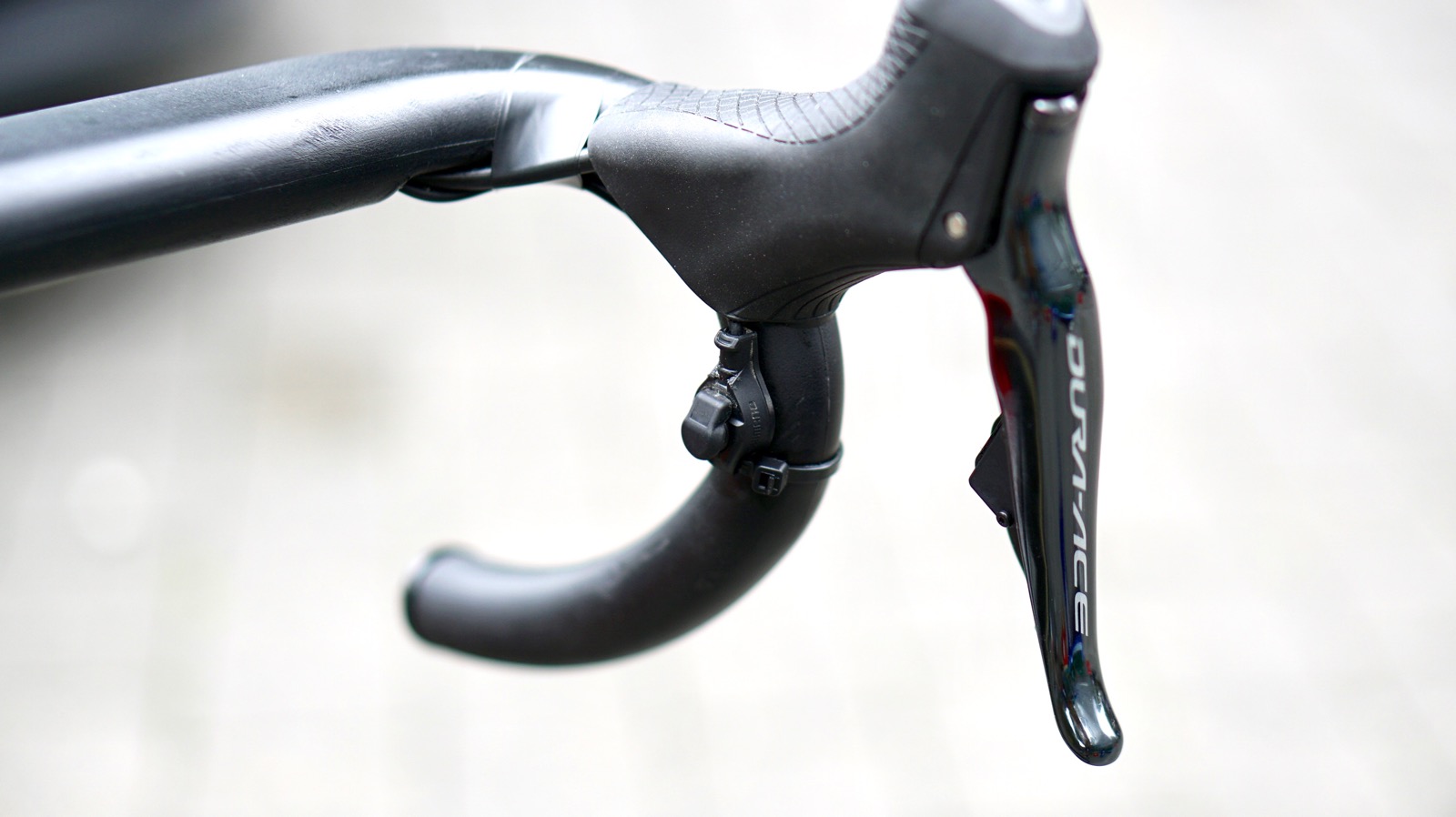
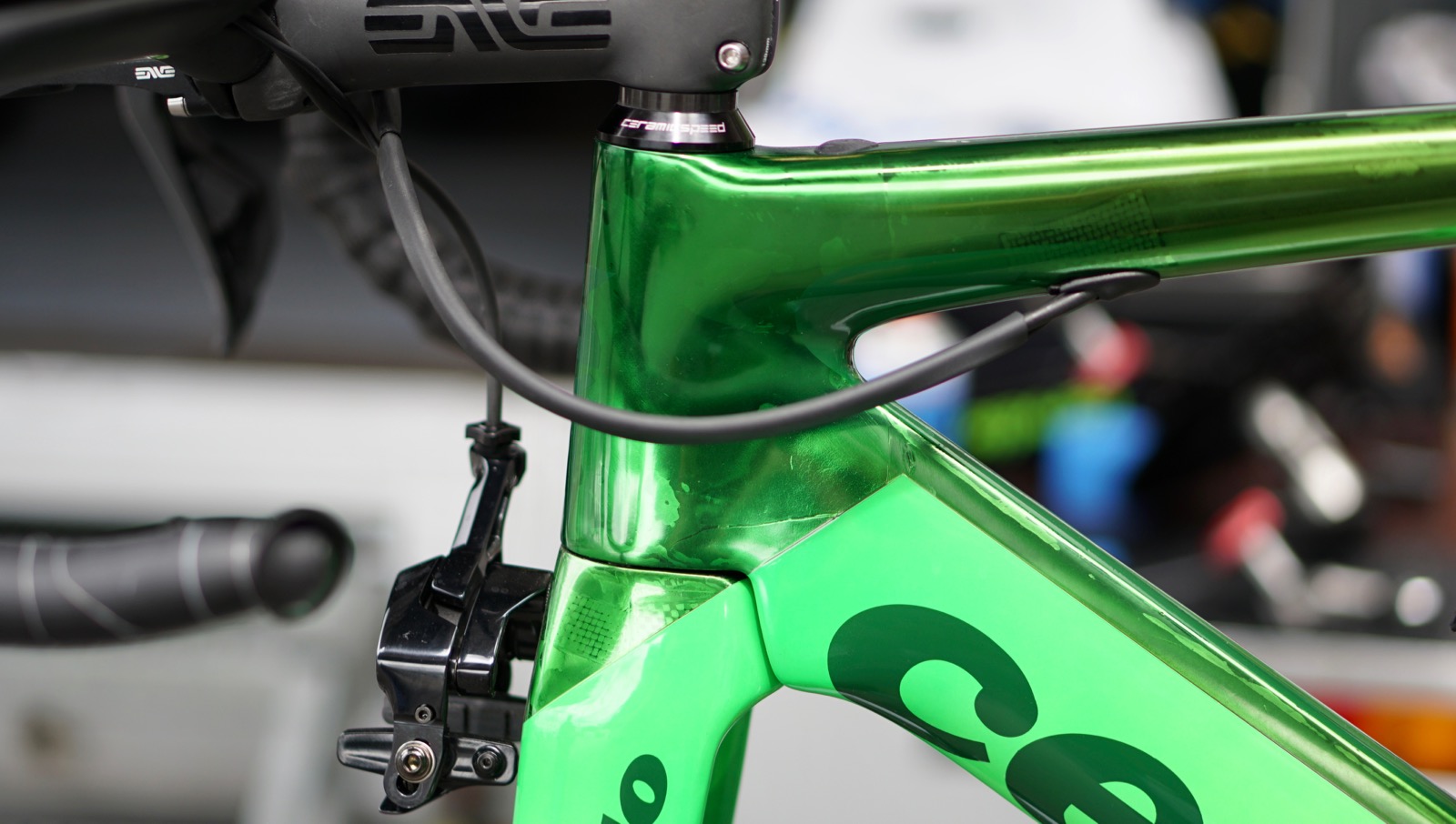
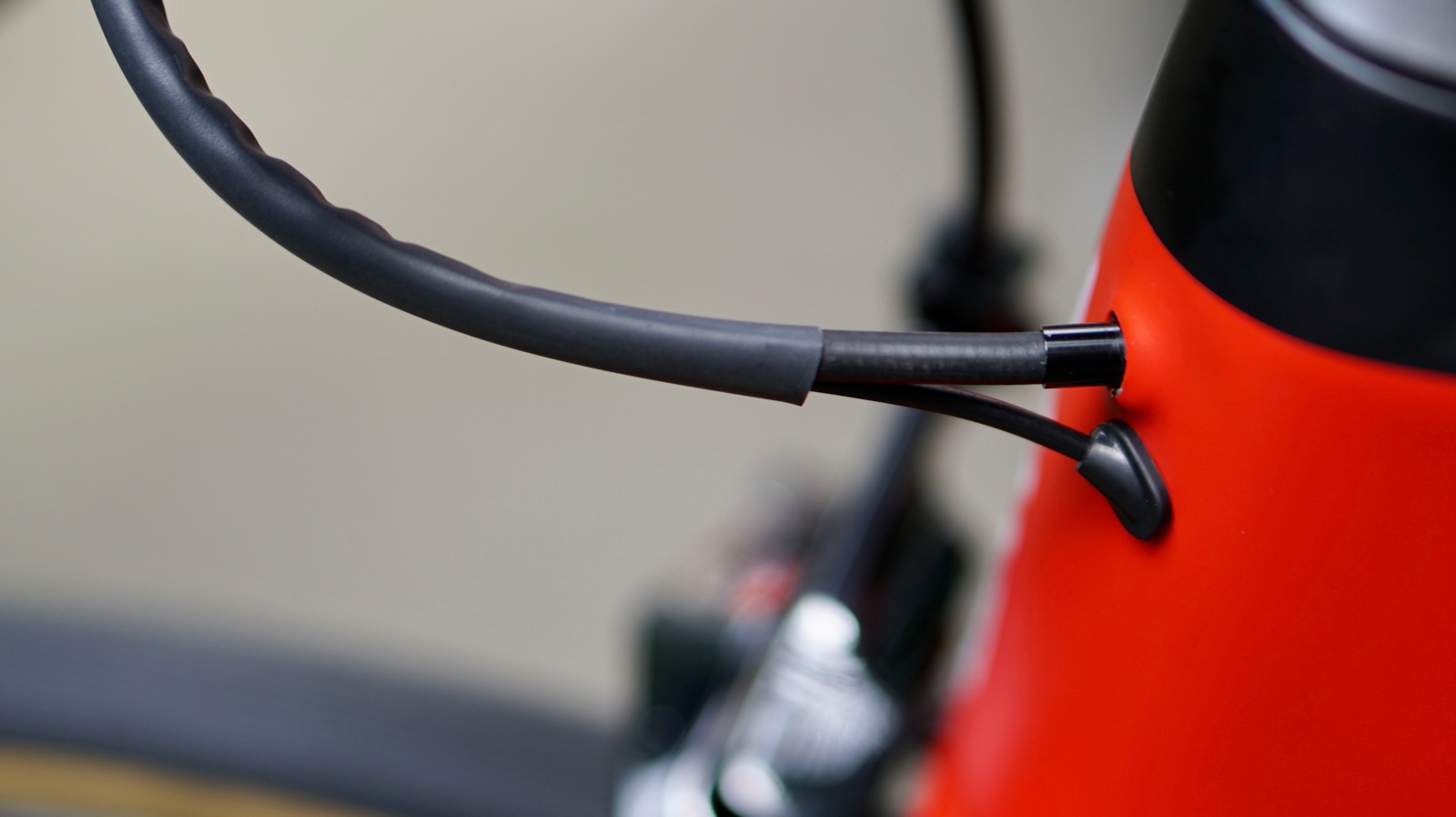
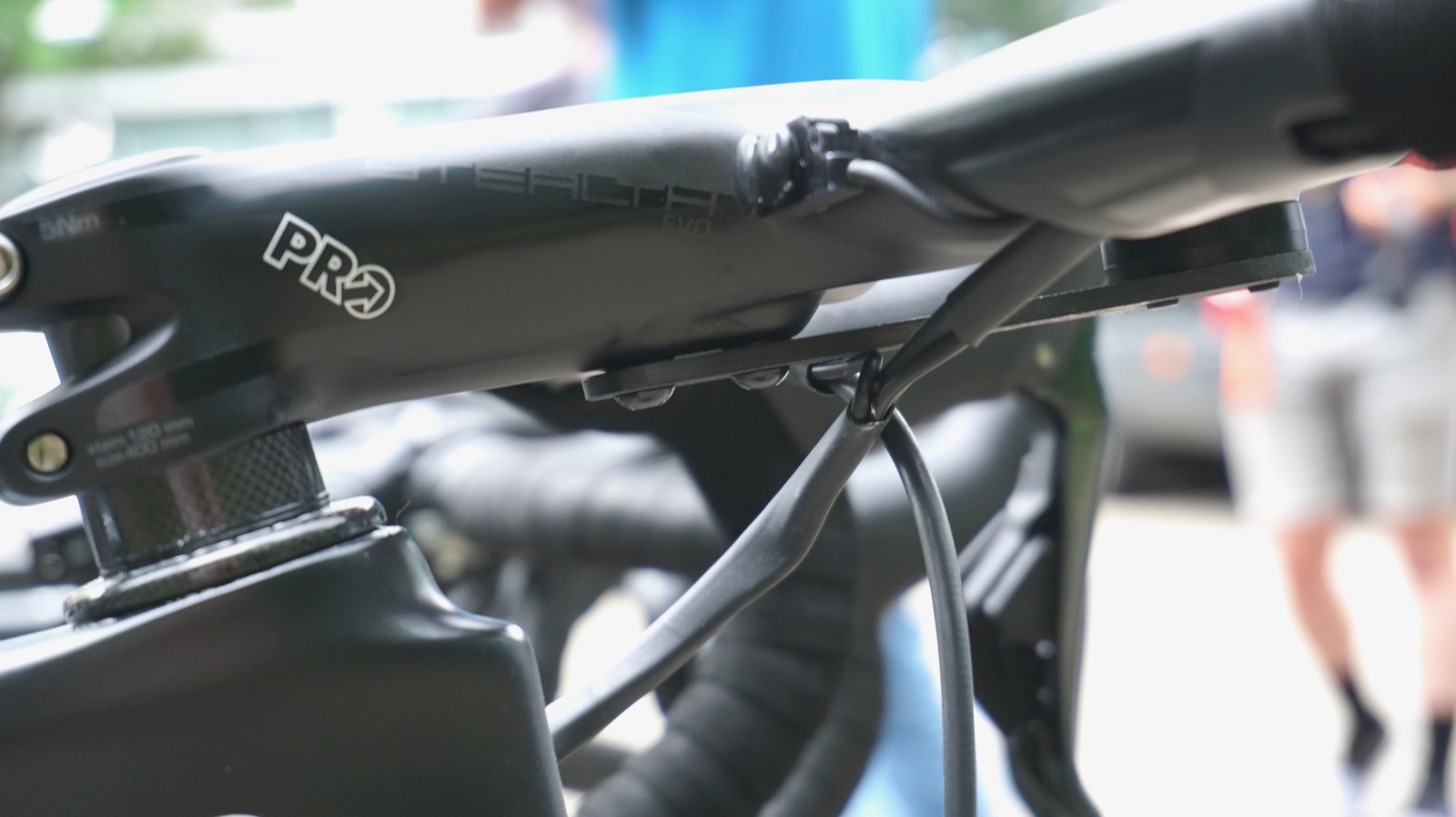
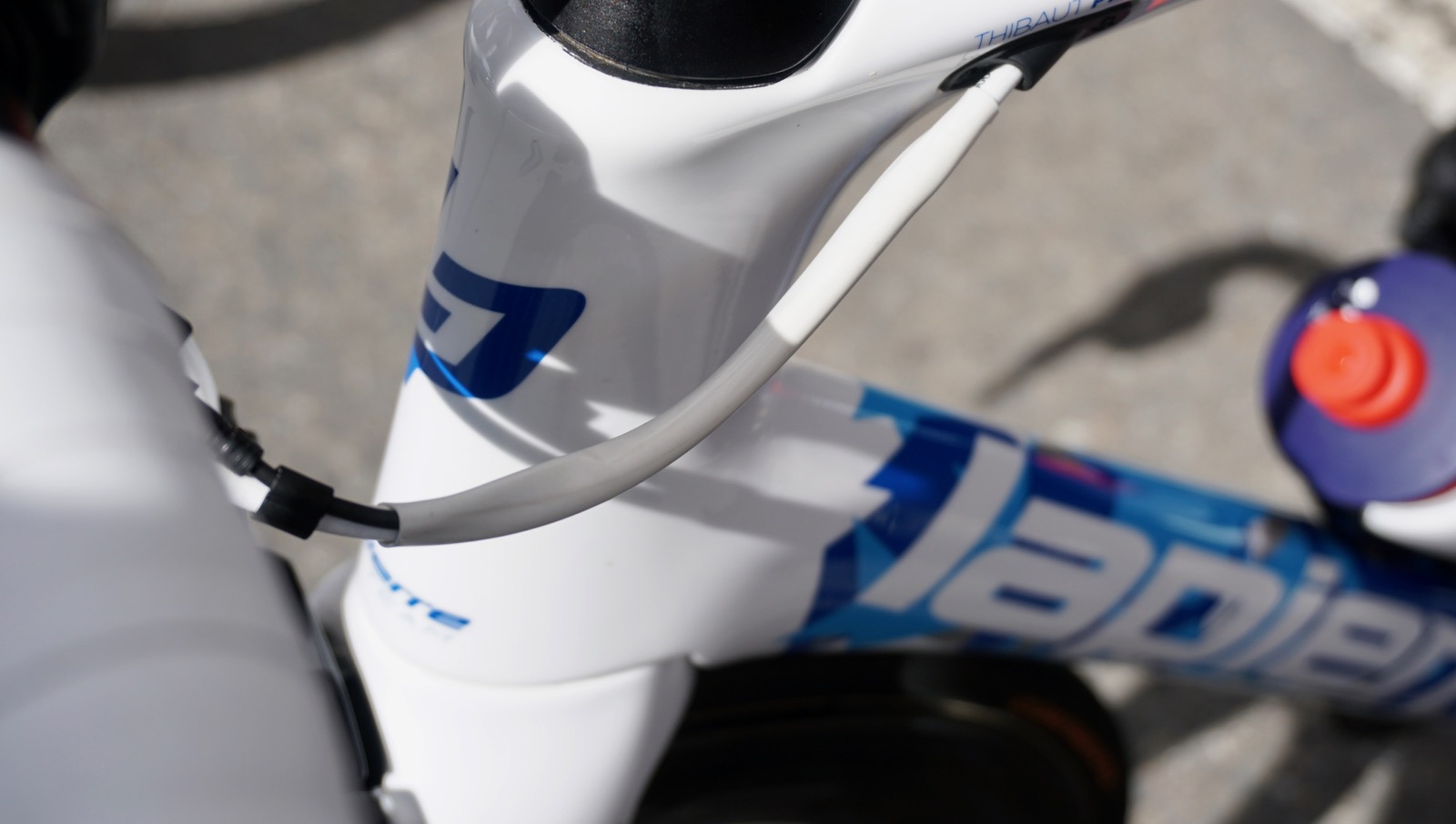
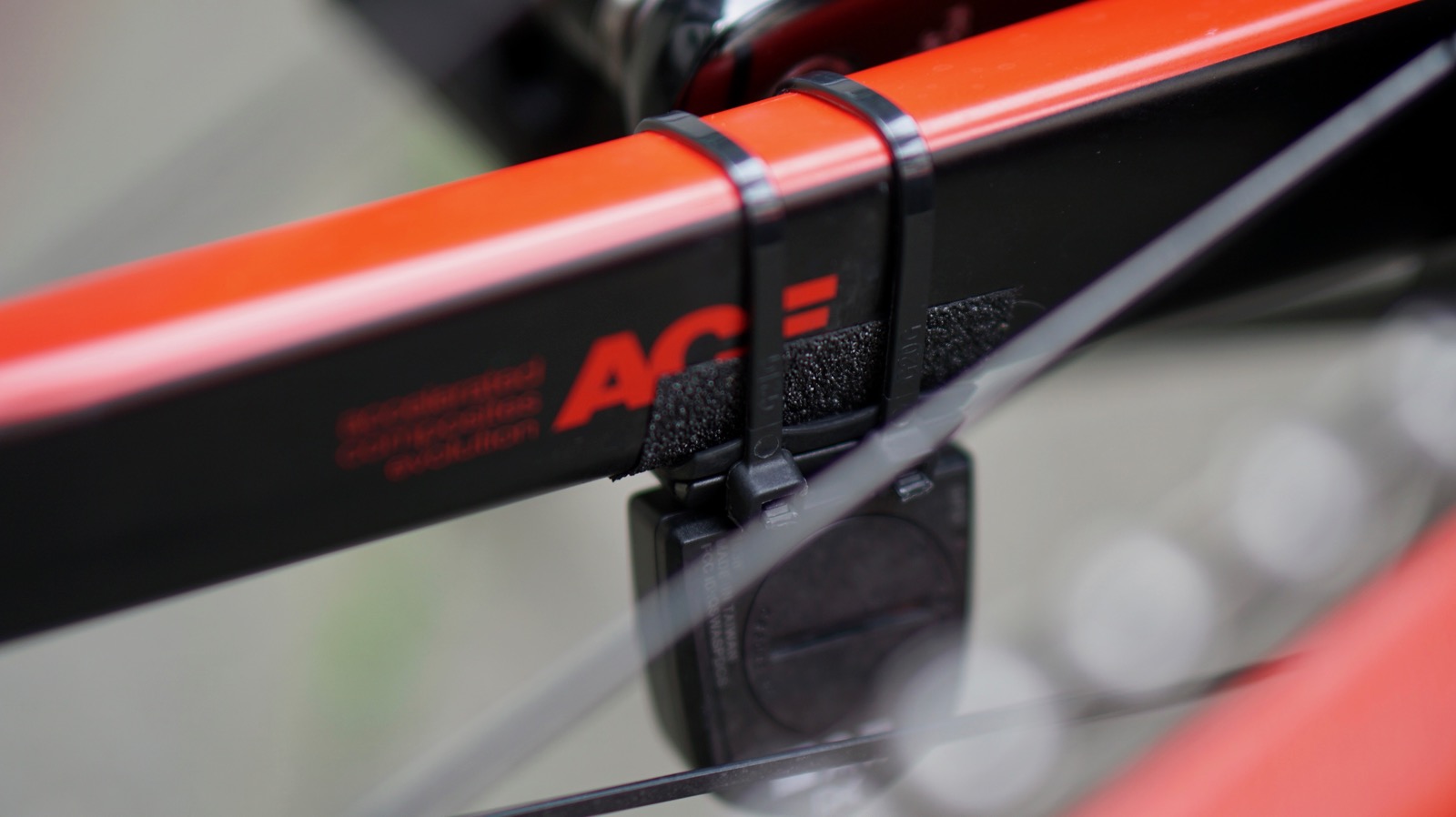
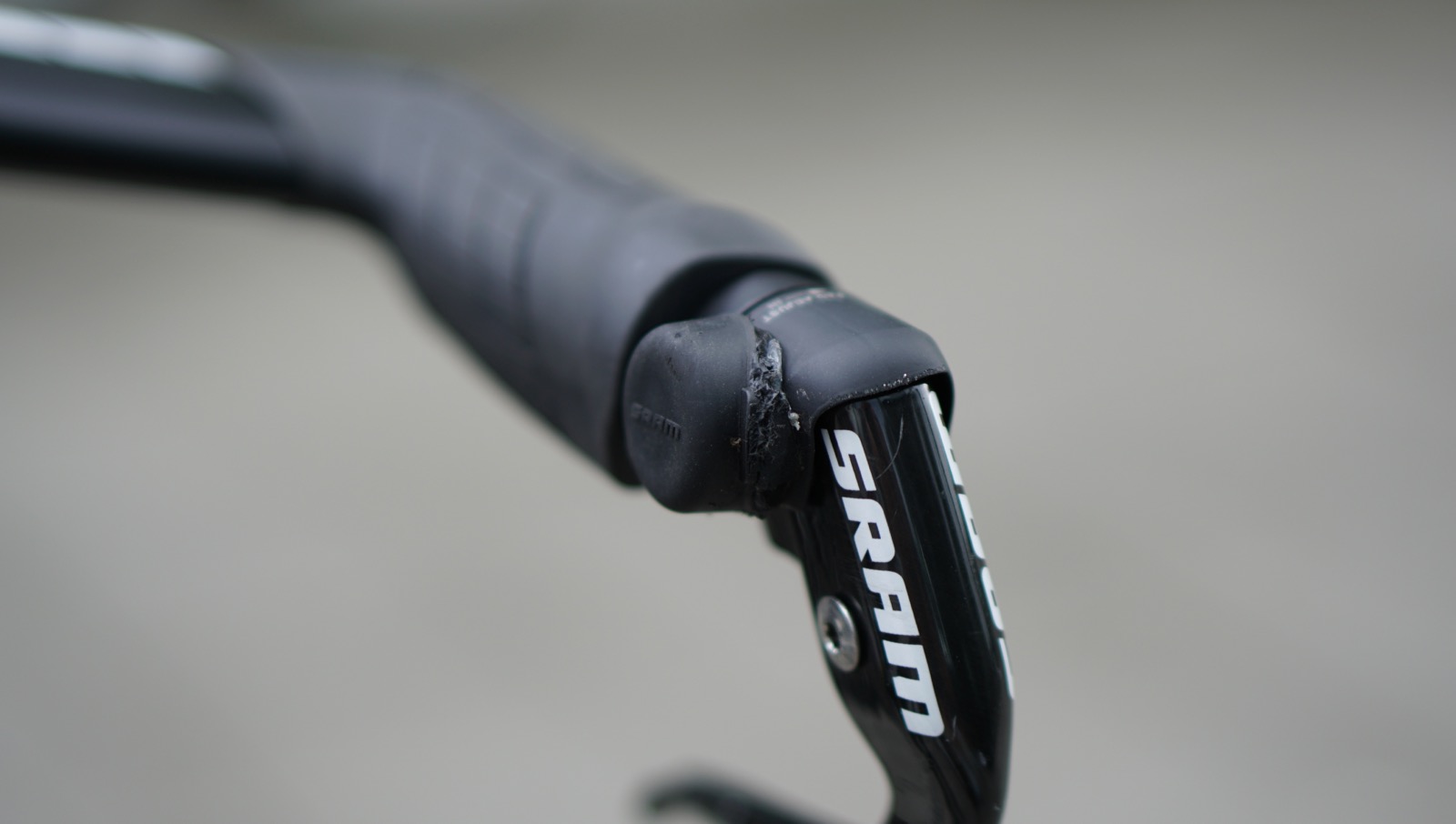
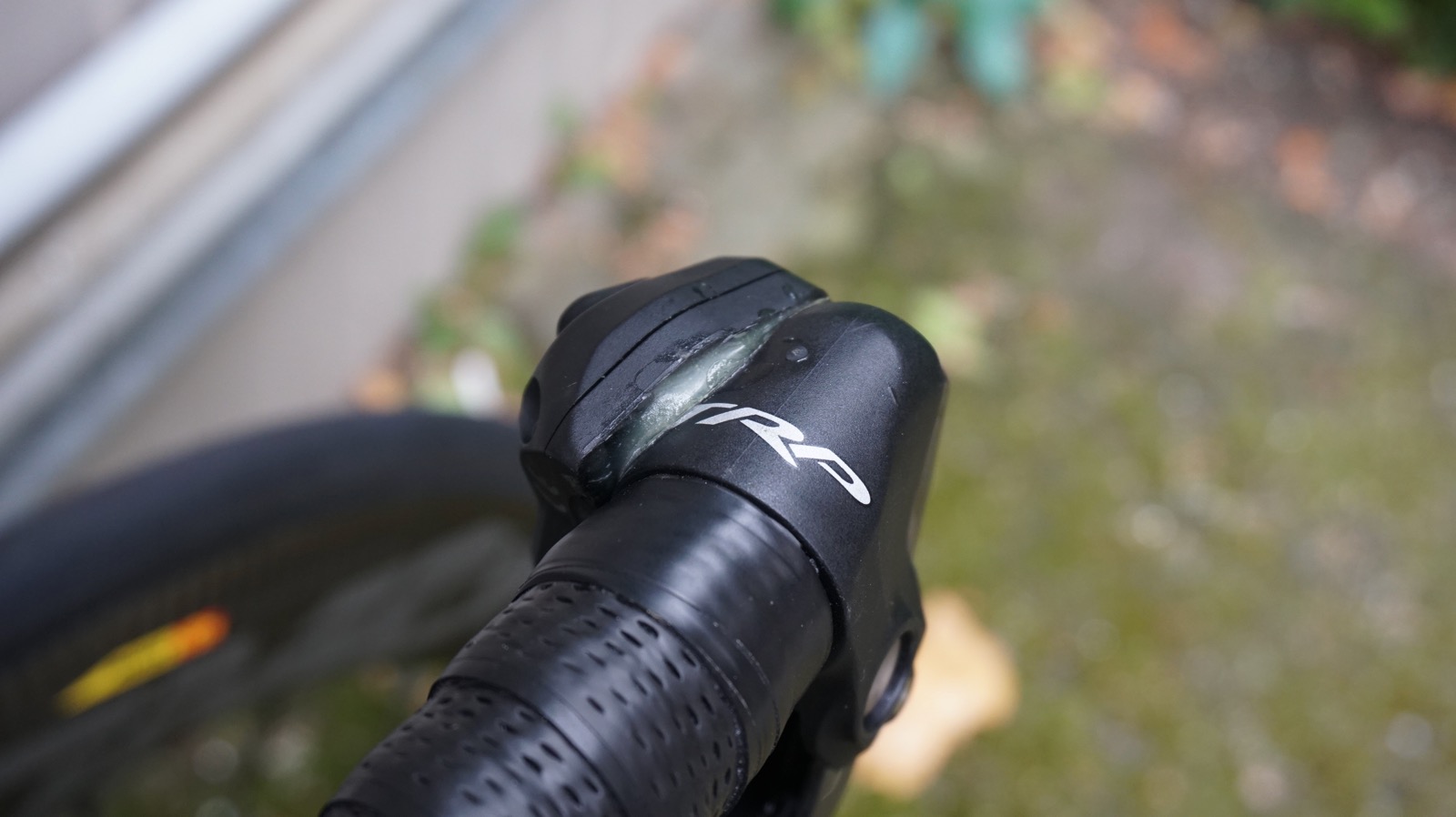
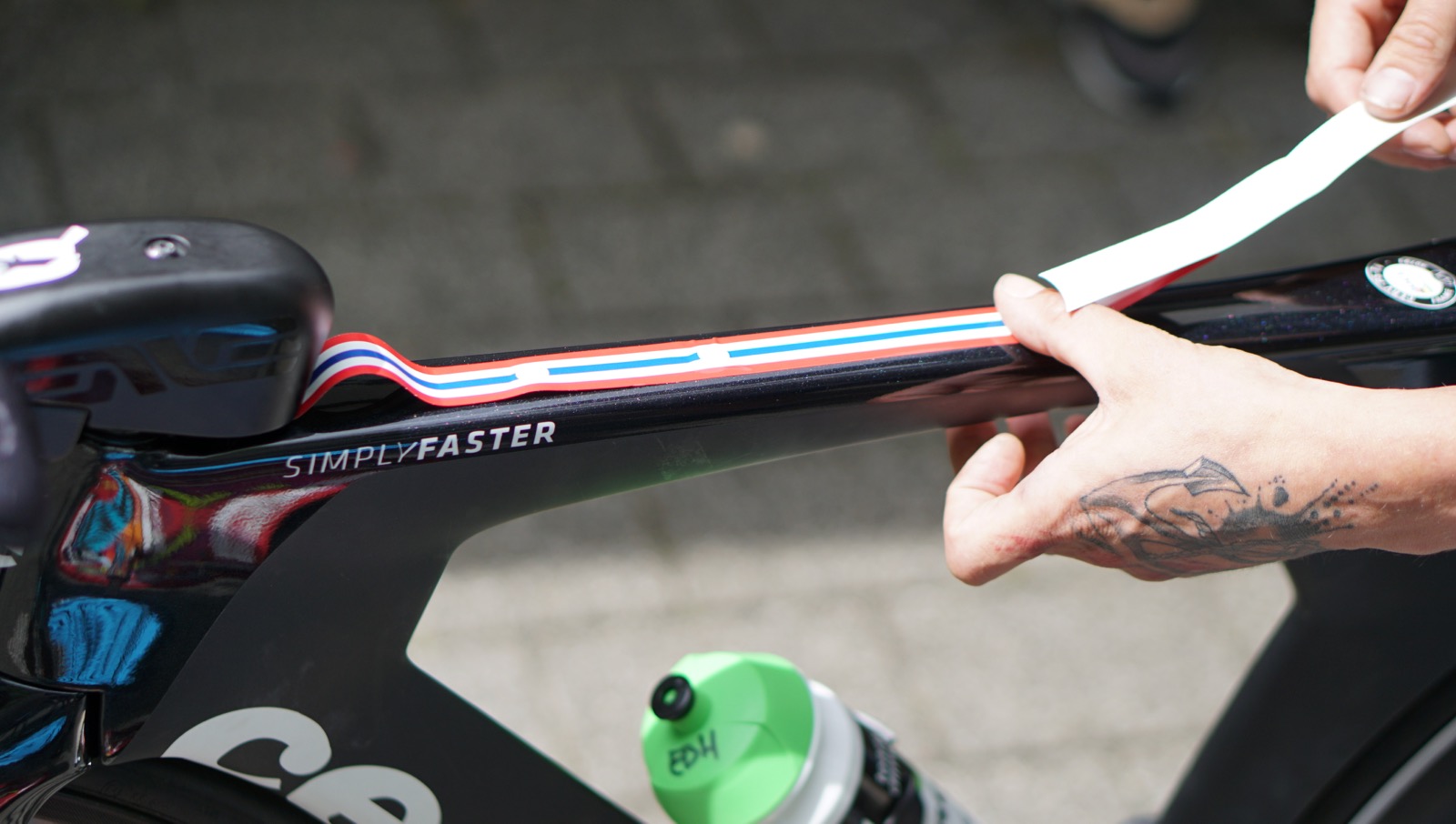
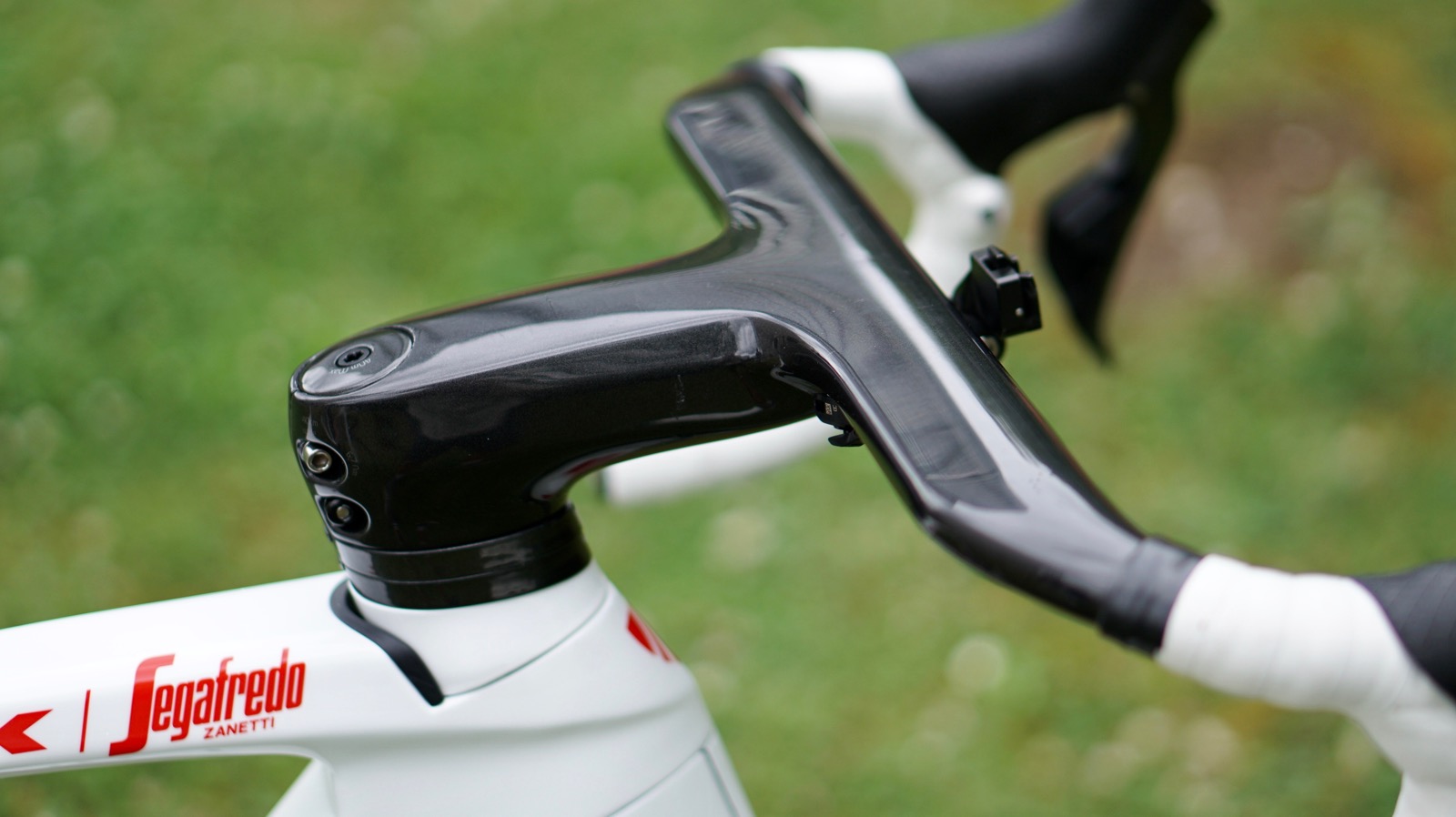
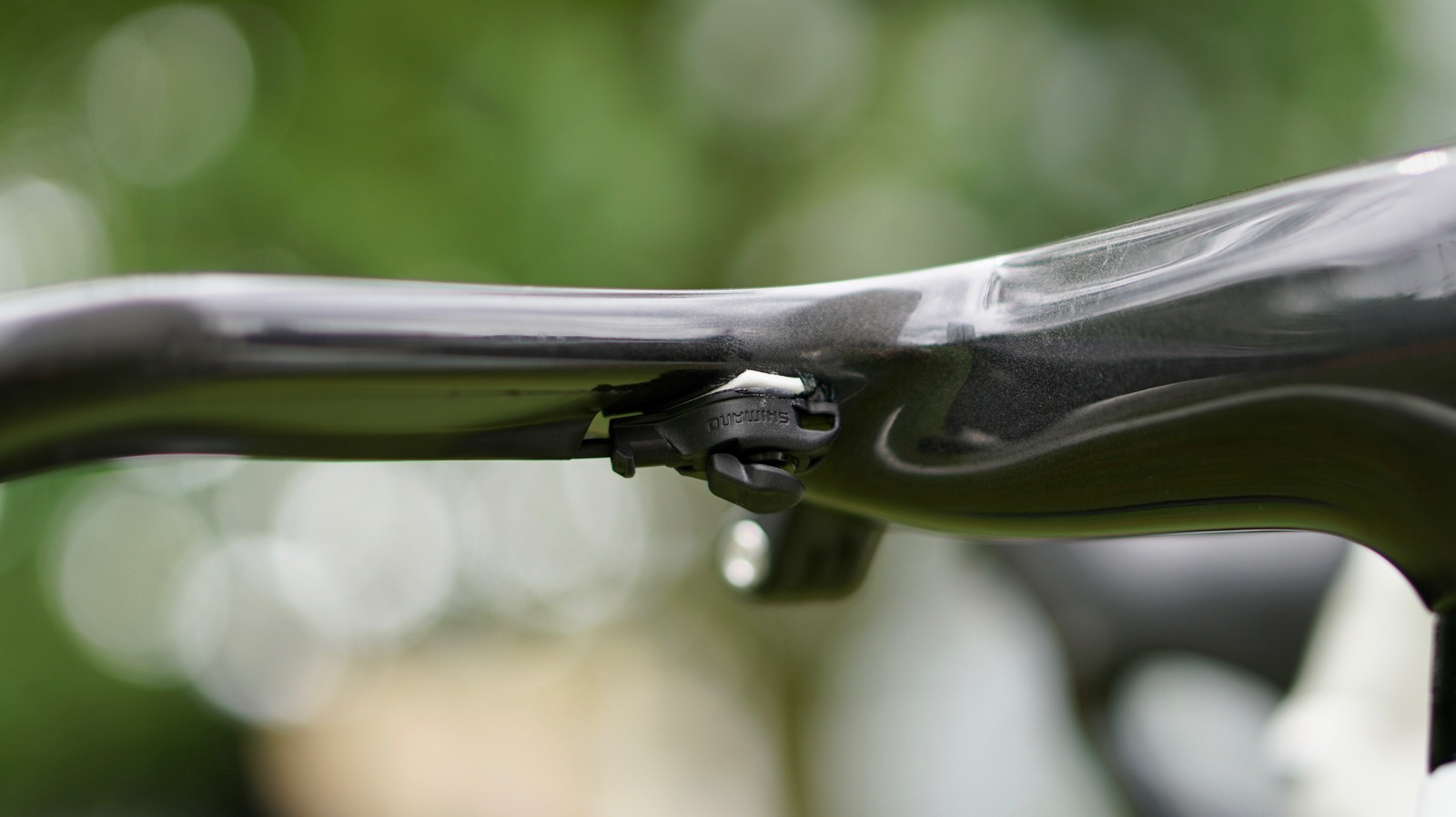
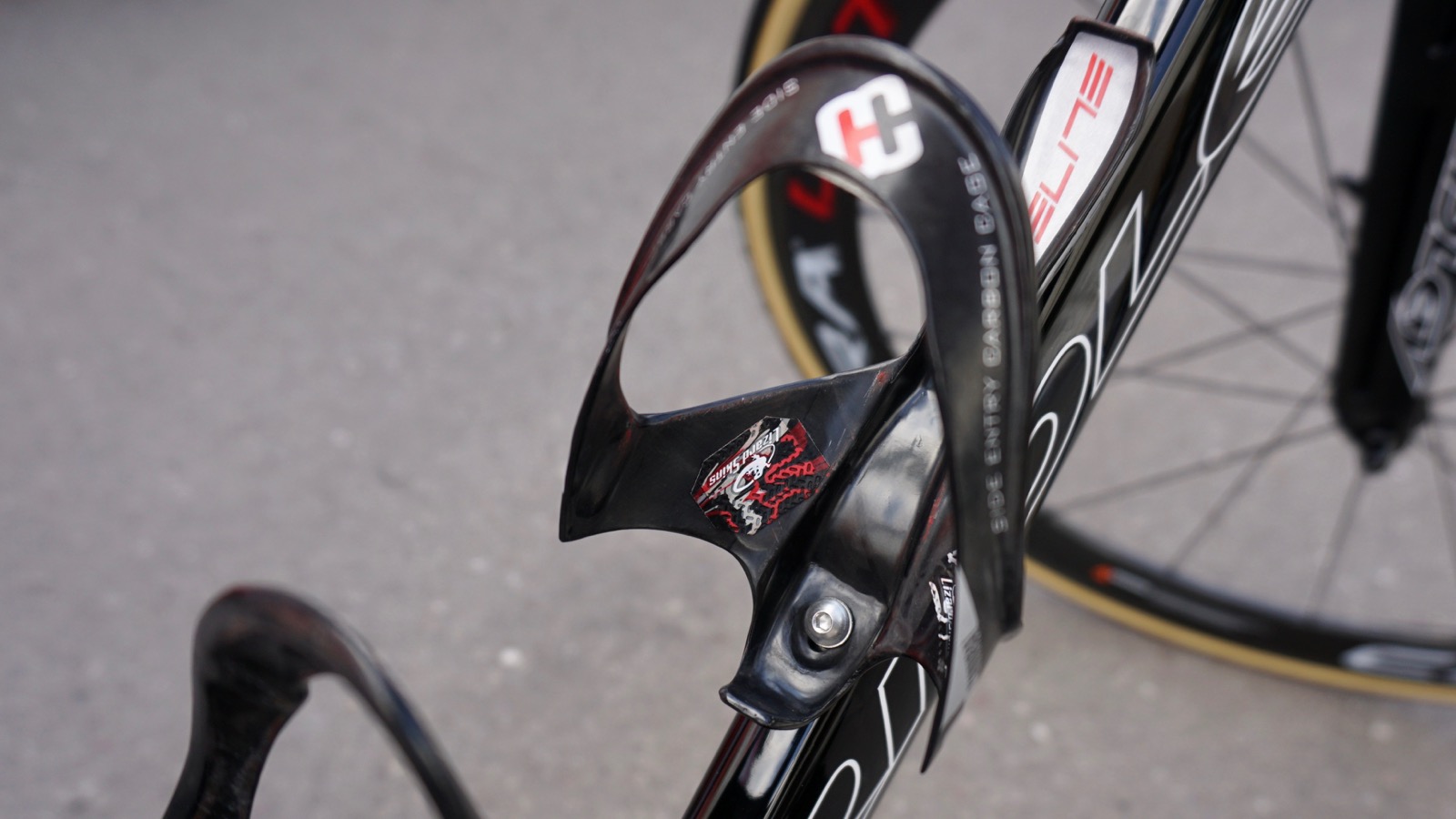
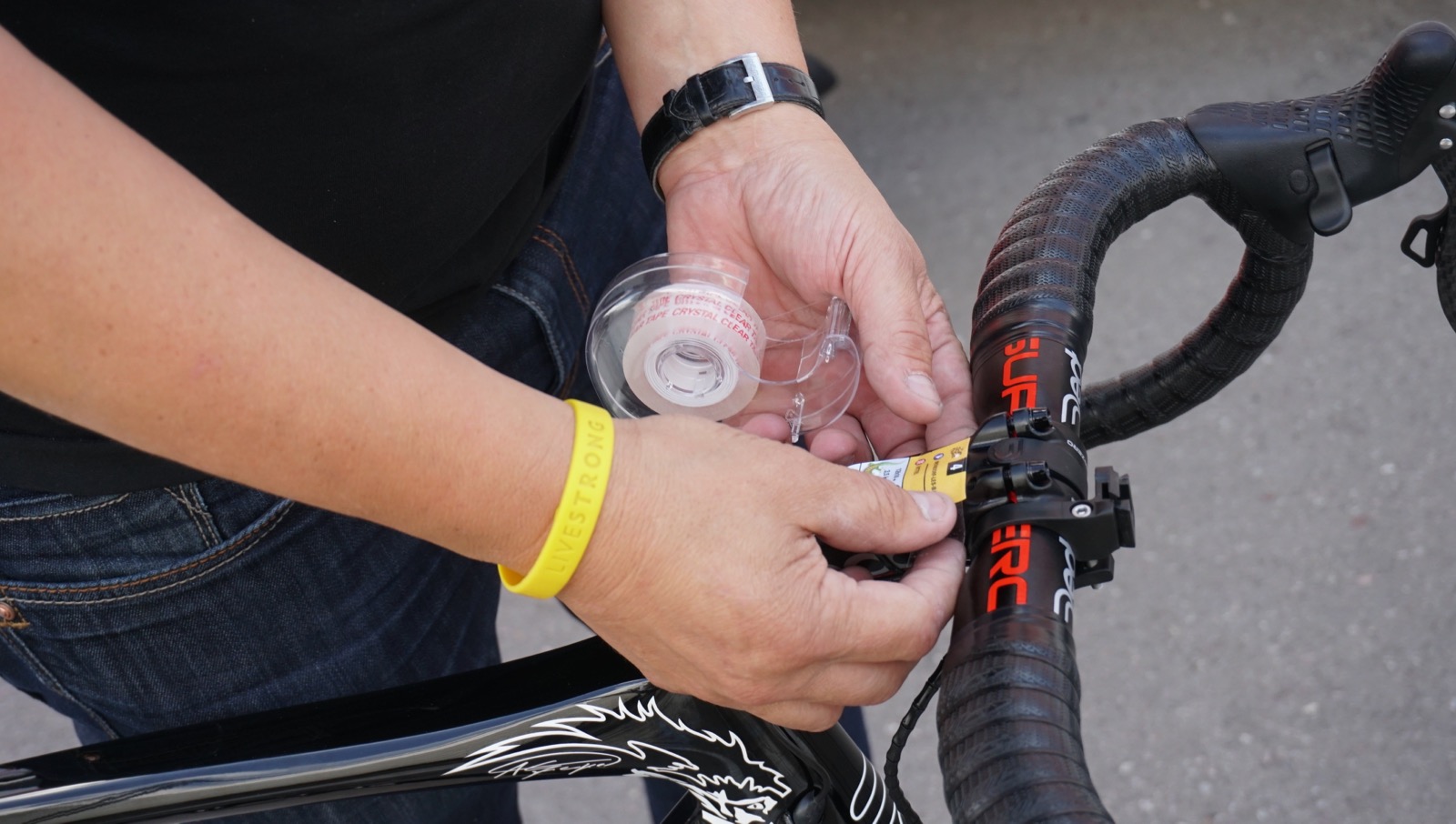
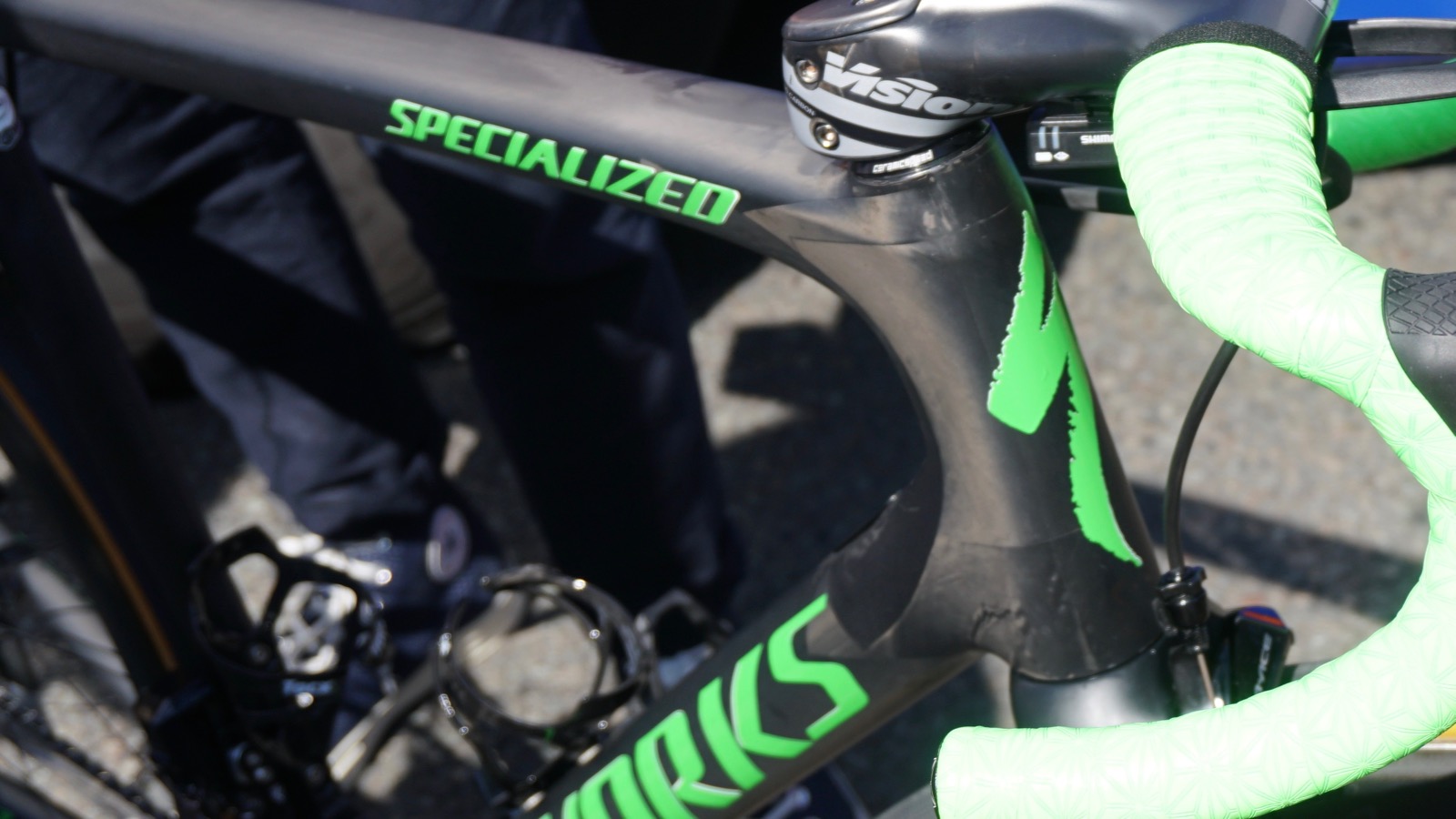
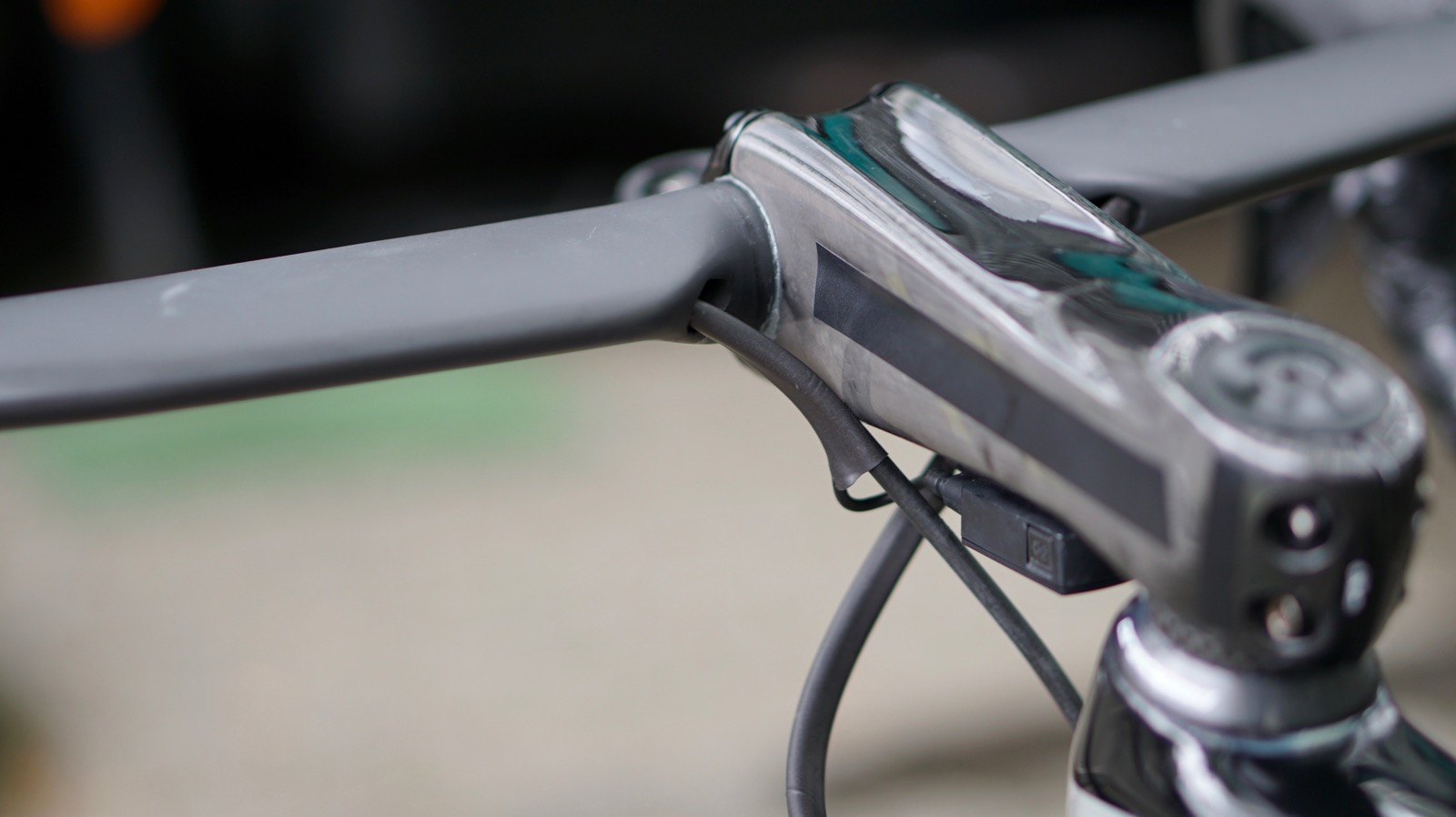
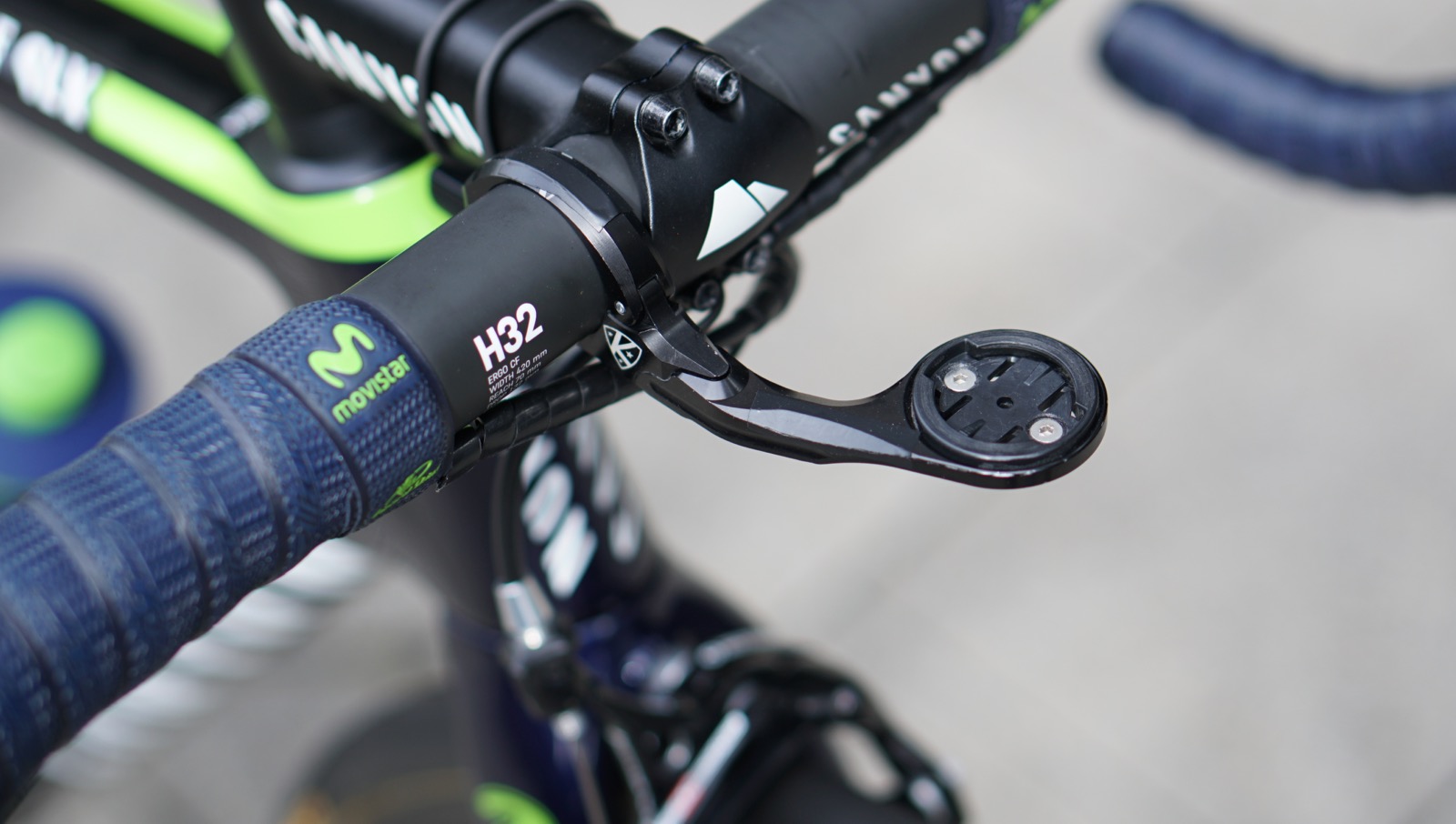
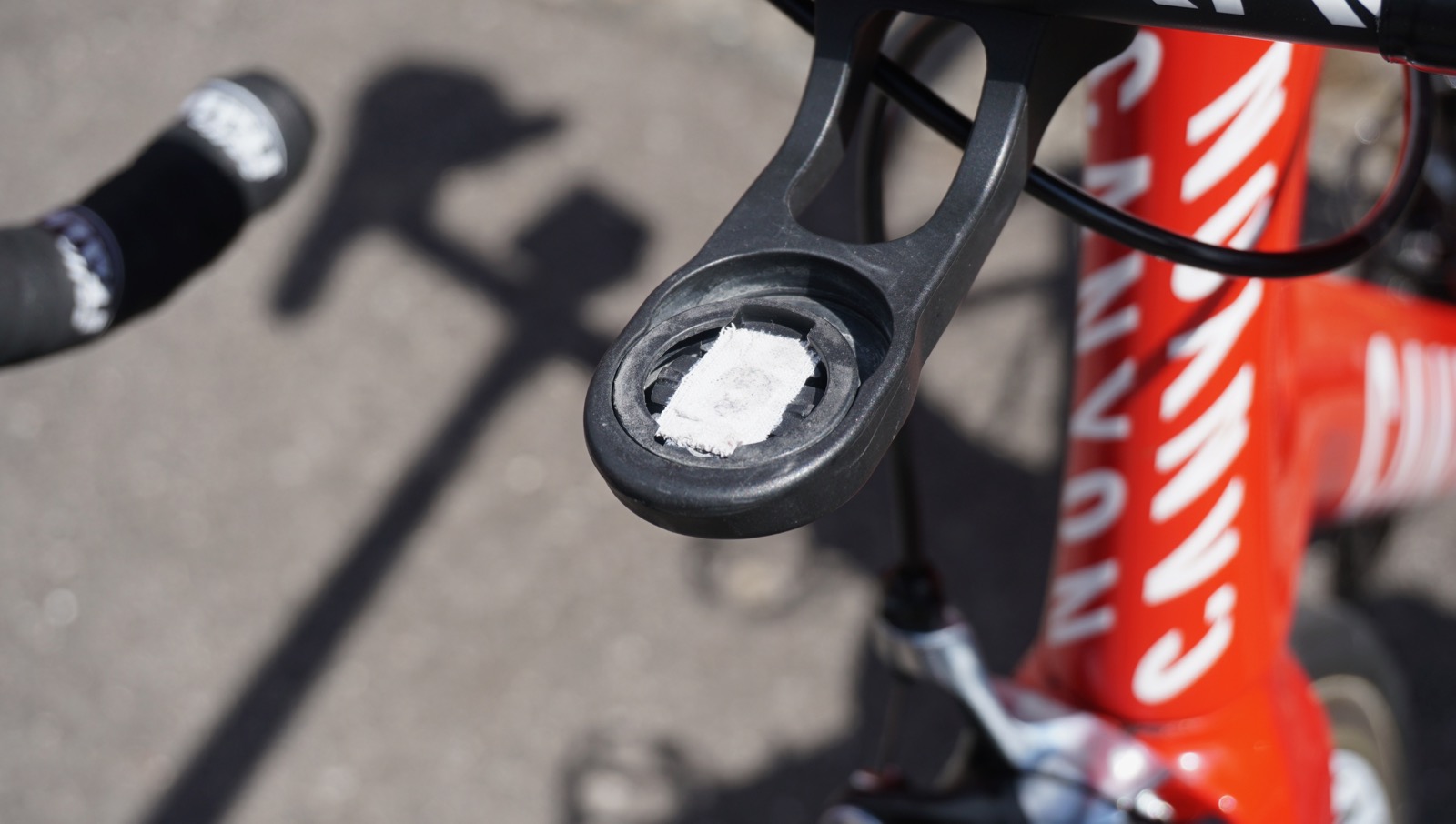
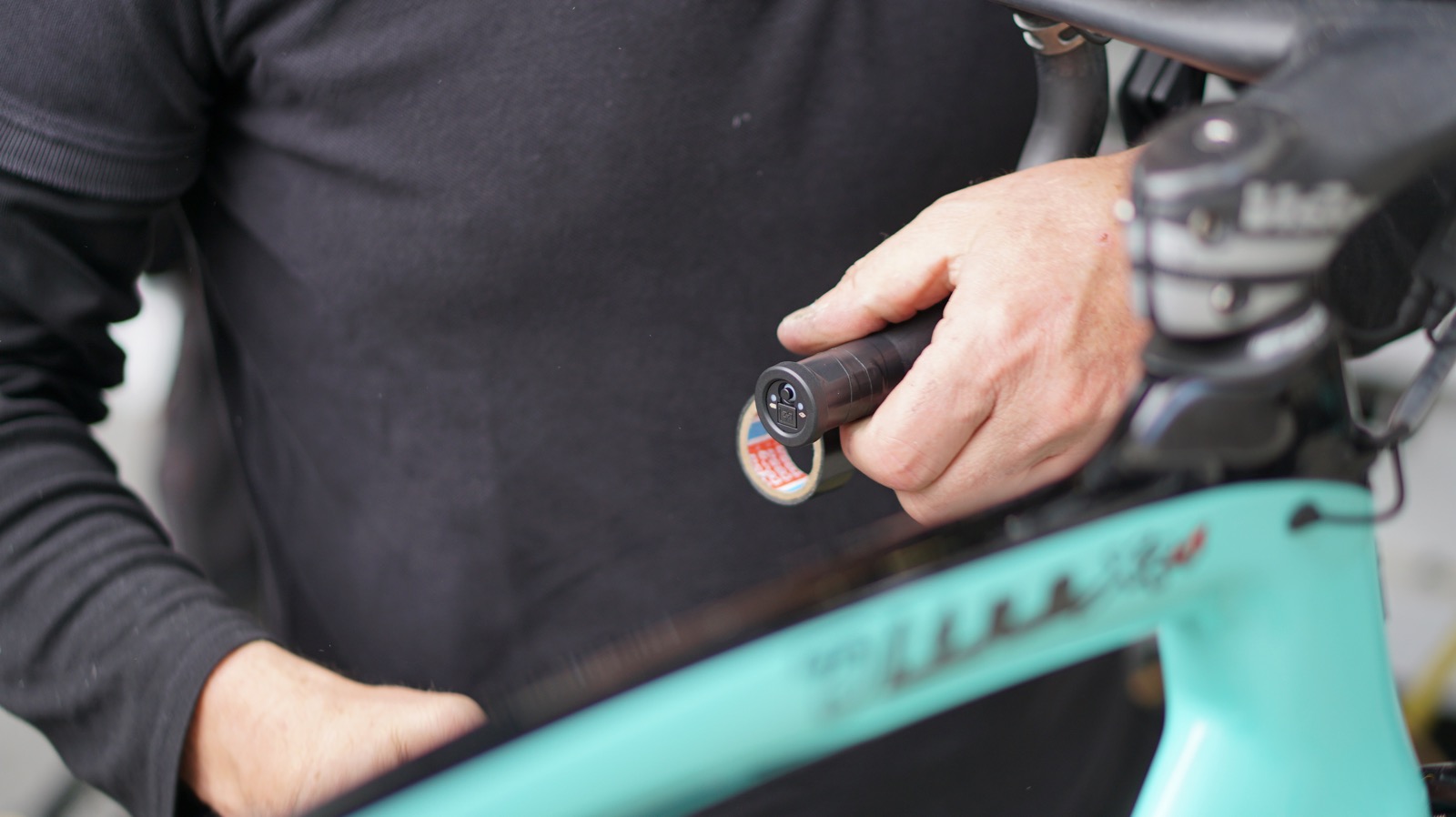
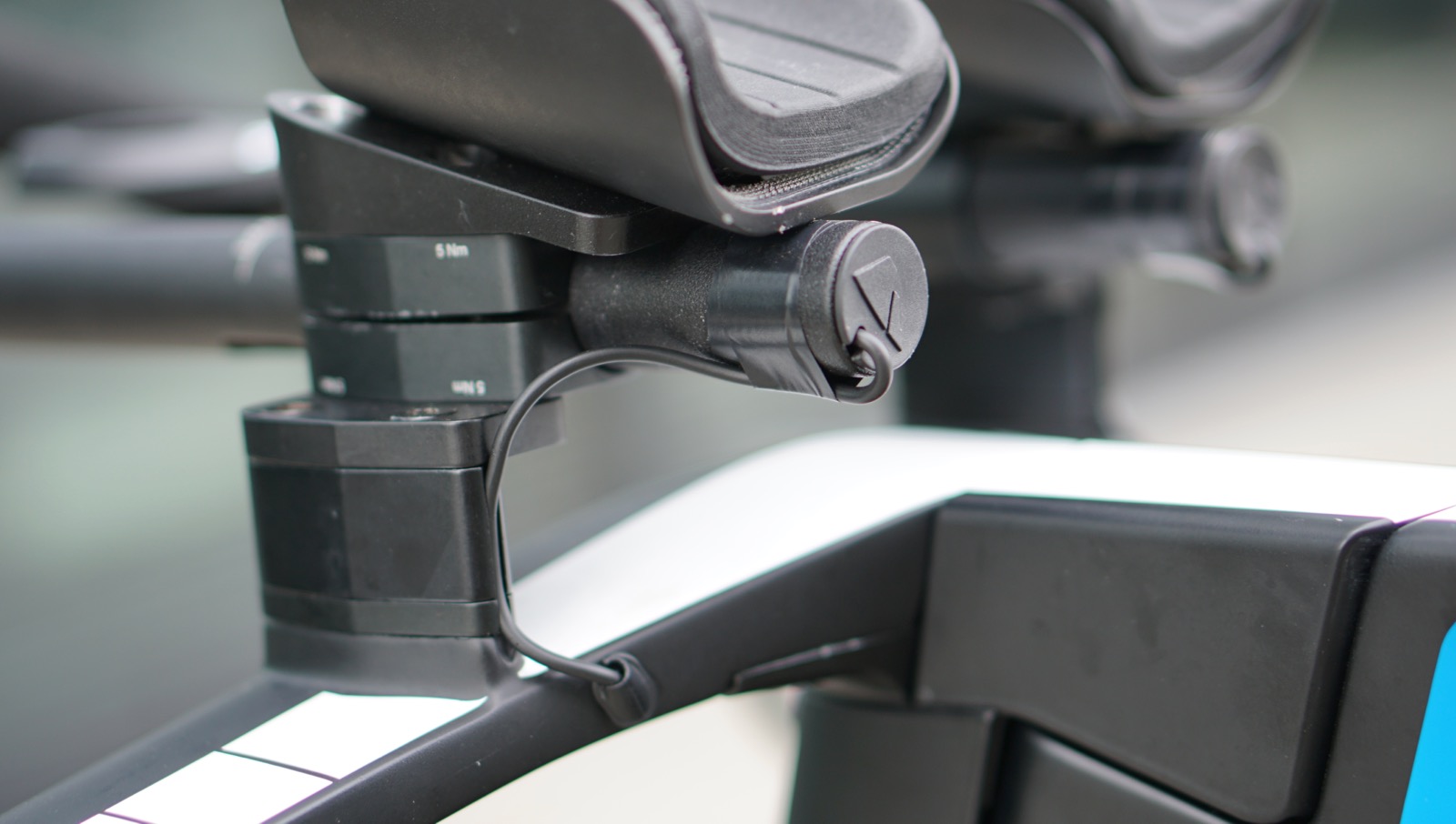
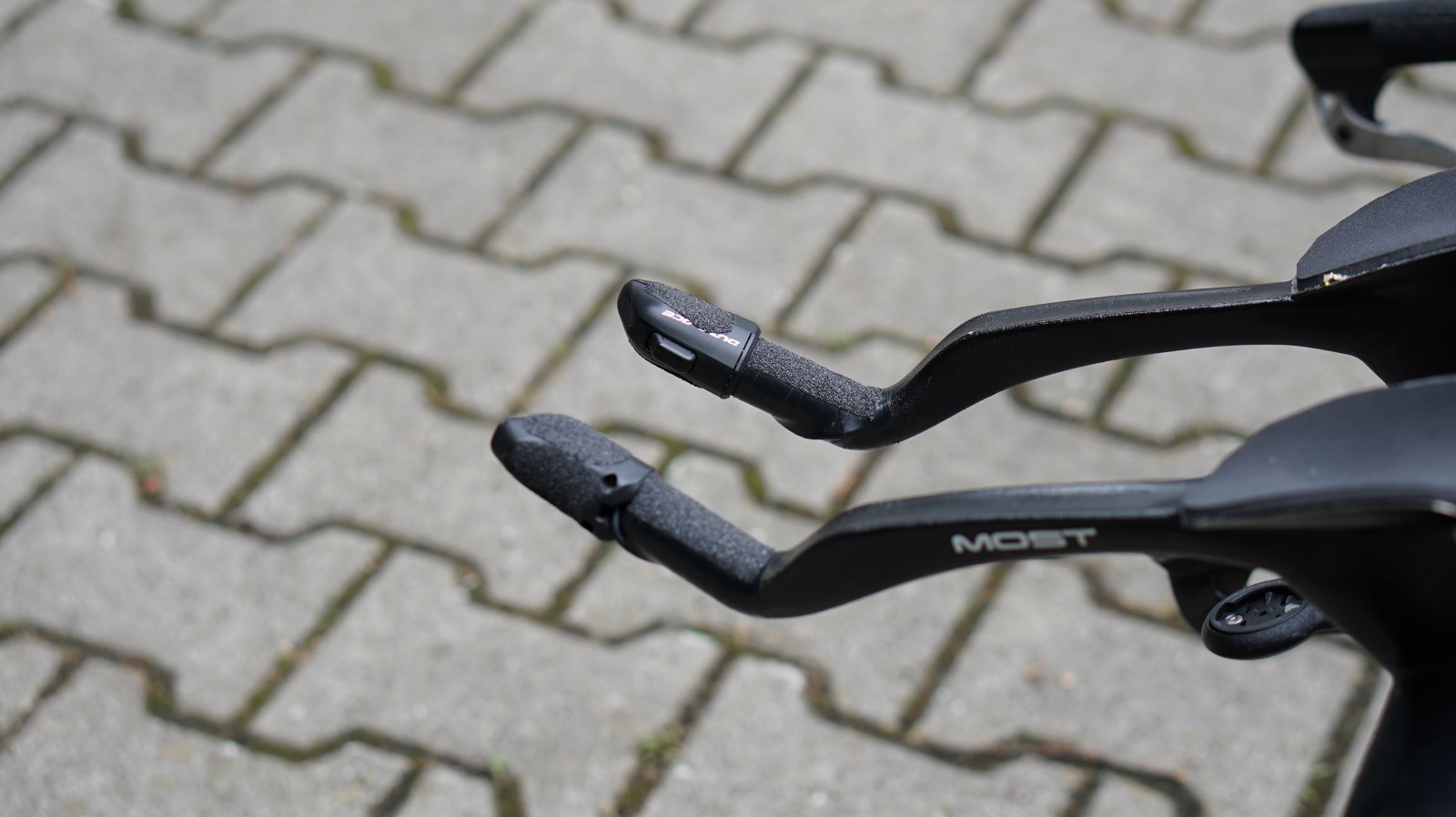
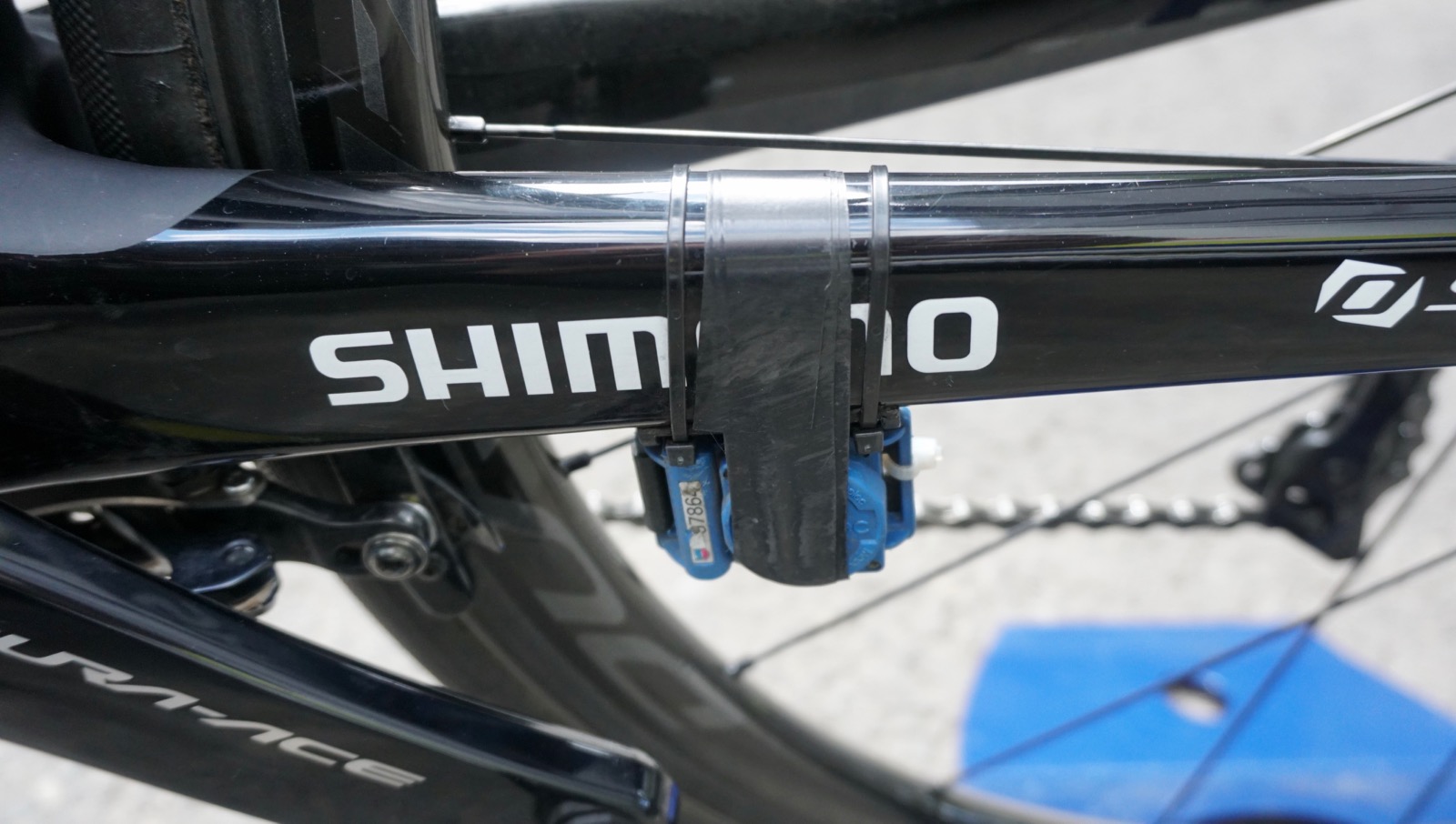
This article originally appeared on BikeRadar
As a deluge of bike tech floods the Tour de France, mechanics are charged with piecing together all the new frames, components and race-specific transponders. Often, assembly is seamless, tidy and bolted together. But sometimes, square pegs just won't go into round holes, and mechanics must resort to tape, glue and zip ties to intertwine form and function.
Tape for days
Electrical tape. Scotch tape. Double-sided tape. Grip tape. Graphic tape. Handlebar tape. For team mechanics, the uses are as varied as the types of tape employed.
The impetus to keep builds tidy is twofold. Yes, it looks more professional to keep Di2 wires snug than flapping in the breeze, but reducing air drag is just as important as looks for elite racers.

Like Donald Trump's ties, some of the world's best bikes rely on tape to hold things together
Electrical tape has long been employed to finish off handlebar tape wrap jobs — as well as holding down cables, wires and housing against the handlebar underneath the bar tape.
With the advent of Shimano Di2 electric drivetrains, wires are now running seemingly everywhere. And where Di2 wires go — behind time trial-cockpits, underneath saddles, etc. — so too goes electrical tape.
Get The Leadout Newsletter
The latest race content, interviews, features, reviews and expert buying guides, direct to your inbox!
And then, of course, electrical tape gets used for cover-ups, like on Peter Sagan's Zipp SL Sprint stem or Nairo Quintana's K-Edge Garmin Race Mount.

K-Edge gets the silent treament from Movistar. Also note the custom Lizard Skins finishing tape for the bar tape
Electrical tape is often used as an insurance policy for other types of attachment, such as securing SRM PC8 clip-on computer mounts, or securing timing chips on top of zip ties.
In addition to taping things down, a number of teams use tape for a little extra purchase. Katusha has some tape inside its Canyon Garmin mounts, and Lotto-Soudal uses pieces of its Lizard Skins handlebar finishing tape inside its bottle cages.

A little extra purchase for Katusha's Garmin computers
Stickers are a tape of another sort, used for quick graphic treatments like the green logos on Marcel Kittel's Specialized S-Works Tarmac or the Norwegian flag down Edvald Boasson Hagen's Cervélo P5 top tube.
And, of course, there is good old Scotch tape for putting the daily stage details on the stem.

While the components continue to advance, the method of integrating them often does not
How do you make incompatible parts compatible? Glue
One huge positive about digital drivetrains is that you can put satellite shifters anywhere you like. The caveat there is that Shimano and SRAM only provide a limited number of ways to affix said satellite shifters.
Many pros use satellite shifters as Shimano intended — sprint shifters on the drops, climbing switches zip-tied to the tops. Same goes for SRAM Blips being affixed to the handlebar in various places. But a few riders and mechanics have taken creative license, especially with time trial bikes.

Chris Froome's integrated bar/stem combo doesn't exactly have a spot for a deconstructed Shimano climber switch. But his mechanic isn't afraid of a little glue
World time trial champion Tony Martin has Blip shifters glued to the inside of his SRAM brake levers, and Taylor Phinney has two-way Di2 shifters on each of his TRP levers.
Shrink-wrap
Zip ties can do a basic job of corralling brake housing and shifting lines, but a little shrink wrap can go a long way towards a pro presentation.
Like tape and glue, shrink wrap isn't exactly high tech — you run wires and housing through it, then heat with a hairdryer to shrink it — but it certainly does the job.

Shrink wrap wrangles shift wires and brake housing into one clean line
Extra points to mechanics who match the shrink wrap to the frame. Looking at you, FDJ.
Zip ties... and progress
And finally, we have the lowly zip tie. They ain't pretty, but they are light and reliable for locking down small things in tight spaces.
The most common uses in the pro peloton are Di2 junction boxes — under aero bars, under saddles — and race timing transponders.

Quick Step mechanics do a fine job of securing Marcel Kittel's junction box snugly underneath his Vision bar/stem. You can barely see the well-trimmed zip tie
When Di2 first started popping up on race bikes, many frames' internal routing was made for mechanical cables, so mechanics had to improvise, often using zip ties to run the rear derailleur wire along the right chainstay. Today, virtually all frames used on the World Tour stage are 'optimized' for digital drivetrains.
Once trends fully emerge and brands get on board, integrated solutions can be built at the factory. But in the meantime, it is up to the mechanics working in a parking lot somewhere with only the tools they have in their truck to make it all sing. Well, tools, and a lot of tape, glue and zip ties.
Click through the gallery above for a closer look at pro mechanics' ingenuity,